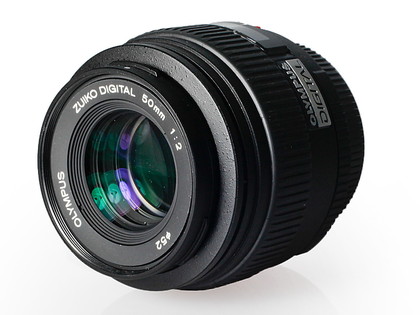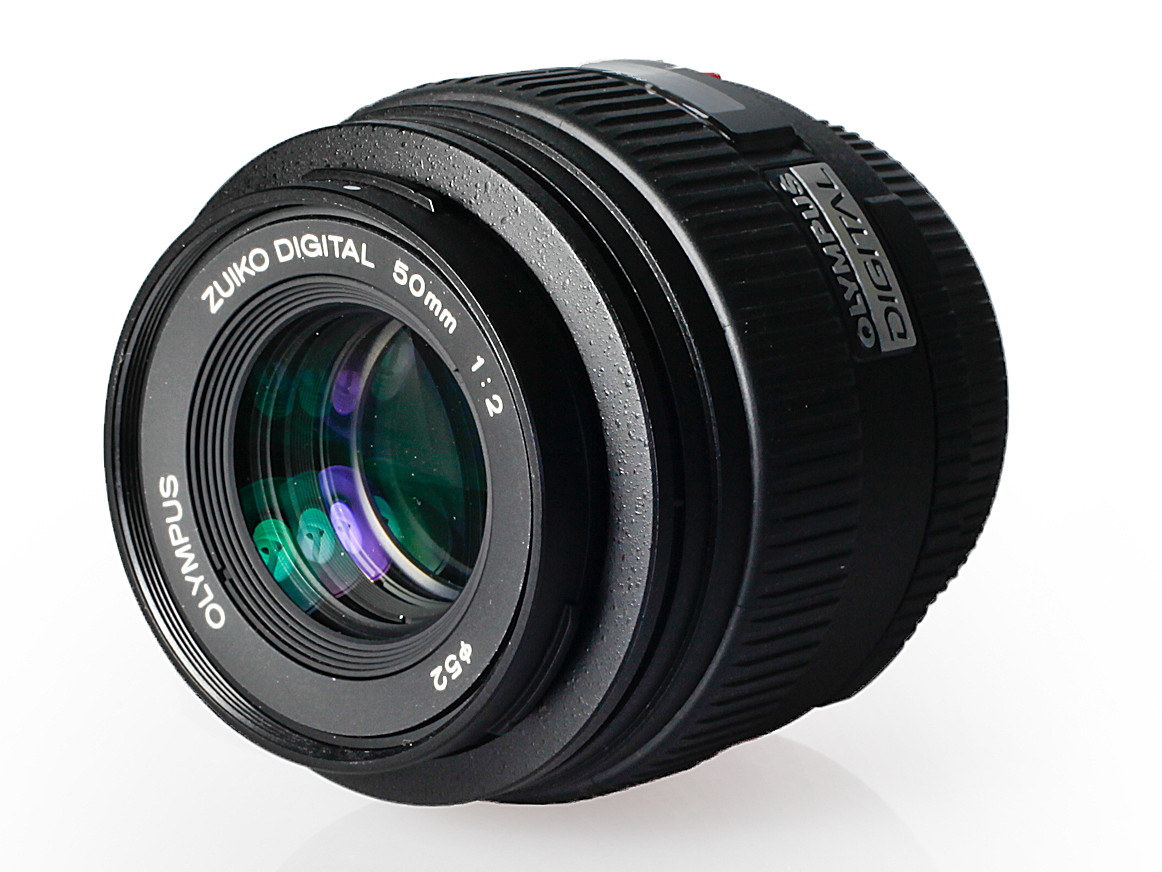Why you can trust TechRadar

The focus ring turns freely and is easily accessible by the user's thumb or finger, or combination of the two. But because it moves the lens group electronically rather than mechanically, it can't be used to fine-tune autofocus as with similar macro lenses.
This lens is fairly slow to focus manually, which for a macro lens is undoubtedly preferable to a system where it's far too fast be controlled precisely.
The lack of an internal focusing system means that the lens extends to almost double its length when used at its closest focusing distance.
The lens takes a step-by-step approach to autofocusing, first getting the general area right before taking a little longer to find the exact position. Autofocusing speed is perfectly respectable, although it's a shame that there's no Supersonic Wave Drive motor as it falls a little behind lenses with similar technology in place.
This also means that it isn't as quiet either, joining the Pentax smc D-FA 100mm f/2.8 macro WR and Sony 100mm f/2.8 Macro lenses in the noisy corner.
Wide open, the Olympus Zuiko Digital ED 50mm 1:2.0 Macro turns in some weak results in terms of sharpness, although in this respect it's hardly alone among macro lenses.
Things are much better once the aperture is stopped down, though, and it does a good overall job to match the performance of rival lenses up until its maximum aperture of f/22. While lab testing shows it to have relatively poor control over distortion, it does far better at keeping chromatic aberrations to a minimum.
It's worth noting that thanks to the relatively small sensors with which this optic is used, it's far easier to obtain greater depth of field in images. This is of particular relevance to macro photography, because depth of field at close focusing distances is incredibly narrow, which can be problematic if the focus falls slightly outside of what is expected.
Verdict
Overall, the Olympus Zuiko Digital ED 50mm 1:2.0 Macro is a good performer, but one with room for improvement. At this price many would no doubt trade its weatherproofing for a more refined focusing motor. Nevertheless, once it's stopped down towards its middle apertures, its sharpness equals that of similar lenses, and its control over chromatic aberrations is just as admirable.
